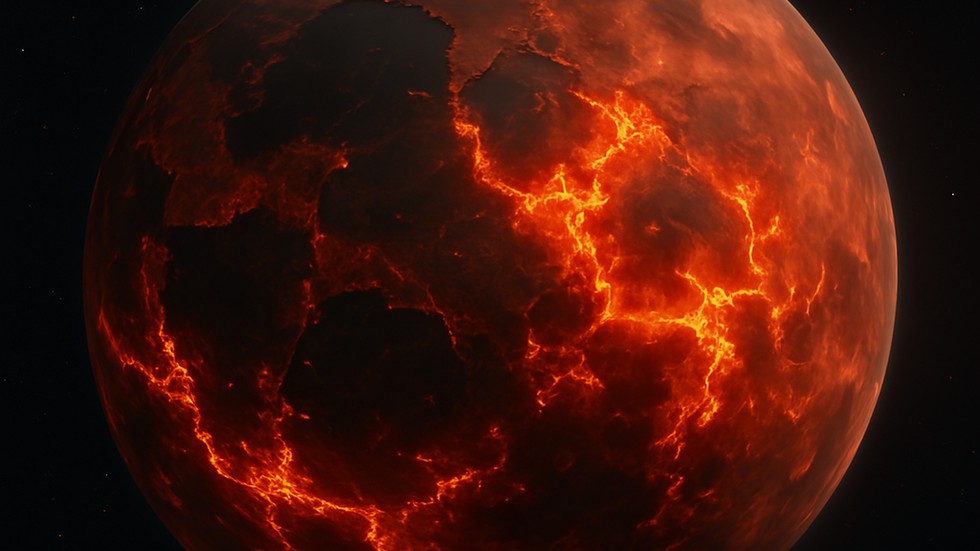
Hadean Proto Crust

08.04.2025
Hadean Proto Crust
|
For Prelims: What is the Hadean Proto Crust?, Geological conditions during the Hadean Aeon |
Why in the news?
A new international study led by Macquarie University, Australia, suggests that the chemical signatures attributed to plate tectonics were already present in the Hadean proto crust.
What is the Hadean Proto Crust?
- The Hadean protocrust refers to the earliest known crust of the Earth—its outermost solid layer—that formed during the Hadean aeon, the planet’s first geologic era, which began around 6 billion years ago.
- This period is named after ‘Hades’, the Greek god of the underworld, due to the extremely hot, hostile, and unstable conditions that prevailed on early Earth.
Geological conditions during the Hadean Aeon
- The Earth, within its first 200 million years, had a surface that was partially molten, with widespread volcanic activity and constant meteorite bombardment from space.
- During this time, the magma ocean—a vast reservoir of molten rock covering Earth’s surface—began to cool gradually.
- As the surface cooled, early fragments of solid crust began to form. These fragments were not stable and often broke off, while new layers solidified, creating a flaky, unstable crustal layer.
- Some thicker segments of this primitive crust eventually consolidated into the first proto-continents, floating on the underlying asthenospheric mantle—a semi-fluid layer extending up to 400 km beneath the surface.
Birth of Plate Tectonics
- As these crustal plates drifted across the mantle, they began to interact in various ways: colliding, sliding past, or subducting (diving under) one another.
- These early plate movements laid the foundation for plate tectonics, a key process in shaping the Earth's geological features.
- Over time, these interactions left distinct chemical signatures in the Earth’s crust, enabling scientists to reconstruct the history of tectonic activity.
Source: The Hindu
The Hadean protocrust refers to:
A.The Earth’s earliest atmosphere
B.The primordial ocean layer
C.The earliest known solid outer layer of the Earth
D.A volcanic supercontinent of the Mesozoic era
Answer C